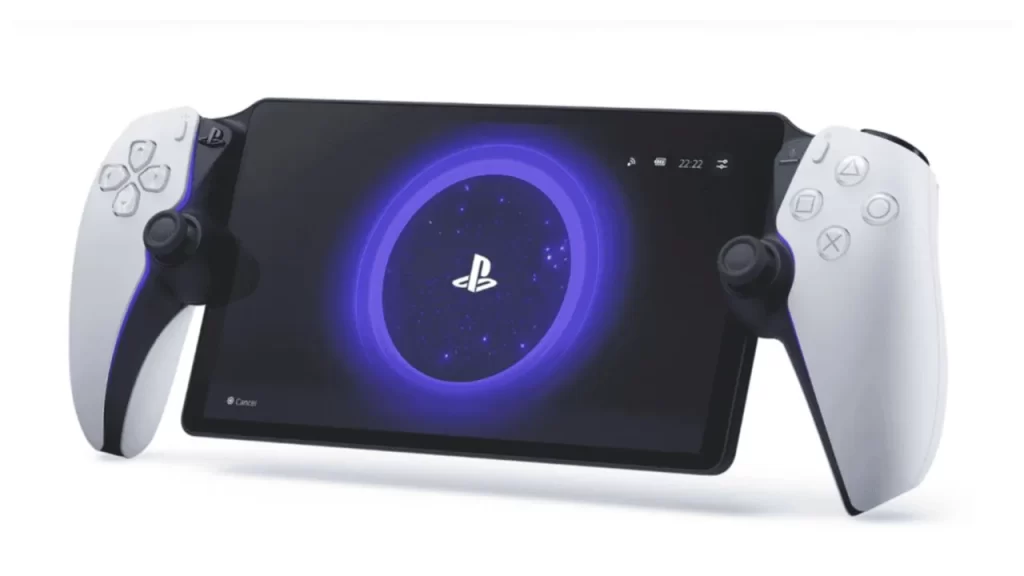In the fast-evolving world of smartphones, a familiar name from the past has made a striking return: the Motorola Razr. Originally launched in 2004, the Razr quickly became an iconic symbol of design and innovation, known for its sleek flip form factor and stylish appeal. Fast forward to the present day, and the Razr is back — but this time, it’s not just a nostalgic relic; it’s a representation of a new era in smartphone technology.
A Nostalgic Comeback
When Motorola announced its revival of the Razr series in 2019, it stirred a wave of nostalgia among consumers who remembered the original model as a status symbol of the early 2000s. The Razr was more than a phone; it was a cultural phenomenon that represented cutting-edge technology at its time. The revival campaign skillfully tapped into that nostalgia while simultaneously introducing it to a new generation of users who had only heard of its legendary status.
Innovative Design
The modern Razr stands out for its foldable design, allowing it to fit comfortably into pockets while offering a larger screen experience when opened. The device features a 6.2-inch pOLED display that can fold in half, harkening back to the classic clamshell design but with contemporary technological advancements. The outer display, known as the Quick View display, allows users to check notifications, take selfies, and access apps without fully opening the phone, transforming the traditional user experience.
Enhanced Technology
Under the hood, the new Razr is equipped with powerful specifications that cater to current smartphone demands. It features a robust camera system, a decent processor, and adequate battery life for everyday use. The integration of Motorola’s software enhancements, such as gesture controls and customizable features, enriches usability, making the Razr more than just a nostalgic object.
Market Positioning
In a landscape dominated by high-performance devices and feature-packed flagships, the Razr carves out a unique niche. It appeals to consumers looking for a balance between style and functionality, targeting both tech enthusiasts who appreciate innovative form factors and users seeking a more compact and stylish alternative to traditional smartphones. The unique flip design also adds an element of fun, providing a tactile experience that is often missing in today’s touch-screen-centered devices.
Challenges and Criticisms
Despite the excitement surrounding its return, the Razr has faced challenges. Its price point — typically positioned in the premium range — has been a sticking point for many consumers. Additionally, reviews have noted issues with durability, especially in terms of the folding mechanism. New foldable technologies are still facing scrutiny regarding their long-term reliability, which has impacted consumer confidence.
A Broader Trend
The comeback of the Razr reflects a broader trend in the smartphone industry: a move toward foldable devices. Companies like Samsung and Huawei have also entered the foldable phone market, indicating a growing consumer interest in alternative designs. As manufacturers continue to innovate with these new form factors, the Razr serves as a benchmark for what consumers can expect in terms of style and functionality.
Conclusion
The return of the Motorola Razr is a testament to the enduring power of nostalgia and the potential of technology to evolve while honoring its roots. As it navigates the complexities of a competitive market, the Razr stands as a symbol of innovation that appeals to both the past and the future. Whether it will achieve long-term success remains to be seen, but one thing is clear: it has flipped the script in an era dominated by homogeneity in smartphone design. The Razr is more than just a phone; it’s a bold reimagining of what a smartphone can be, and its future will undoubtedly be worth watching.



